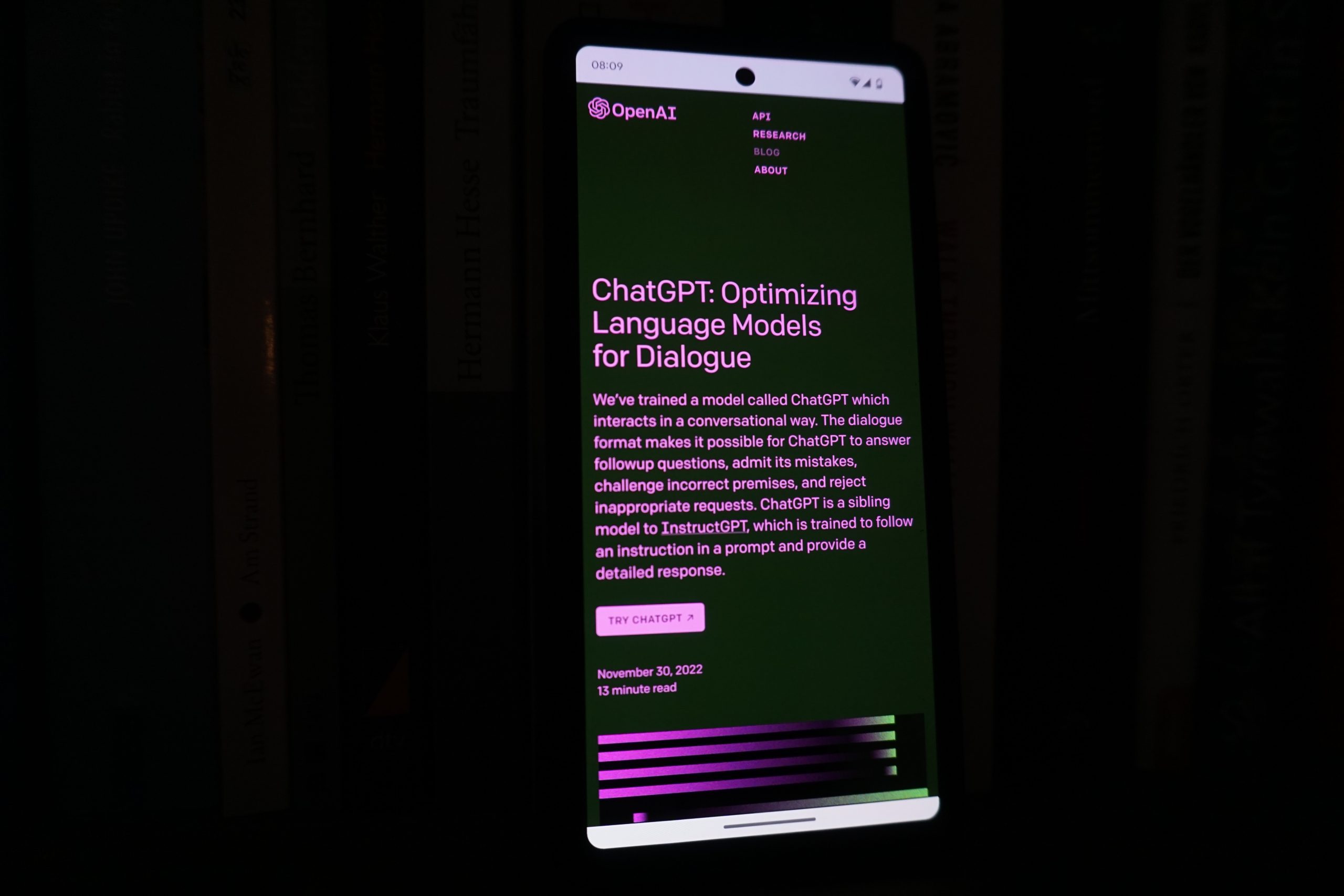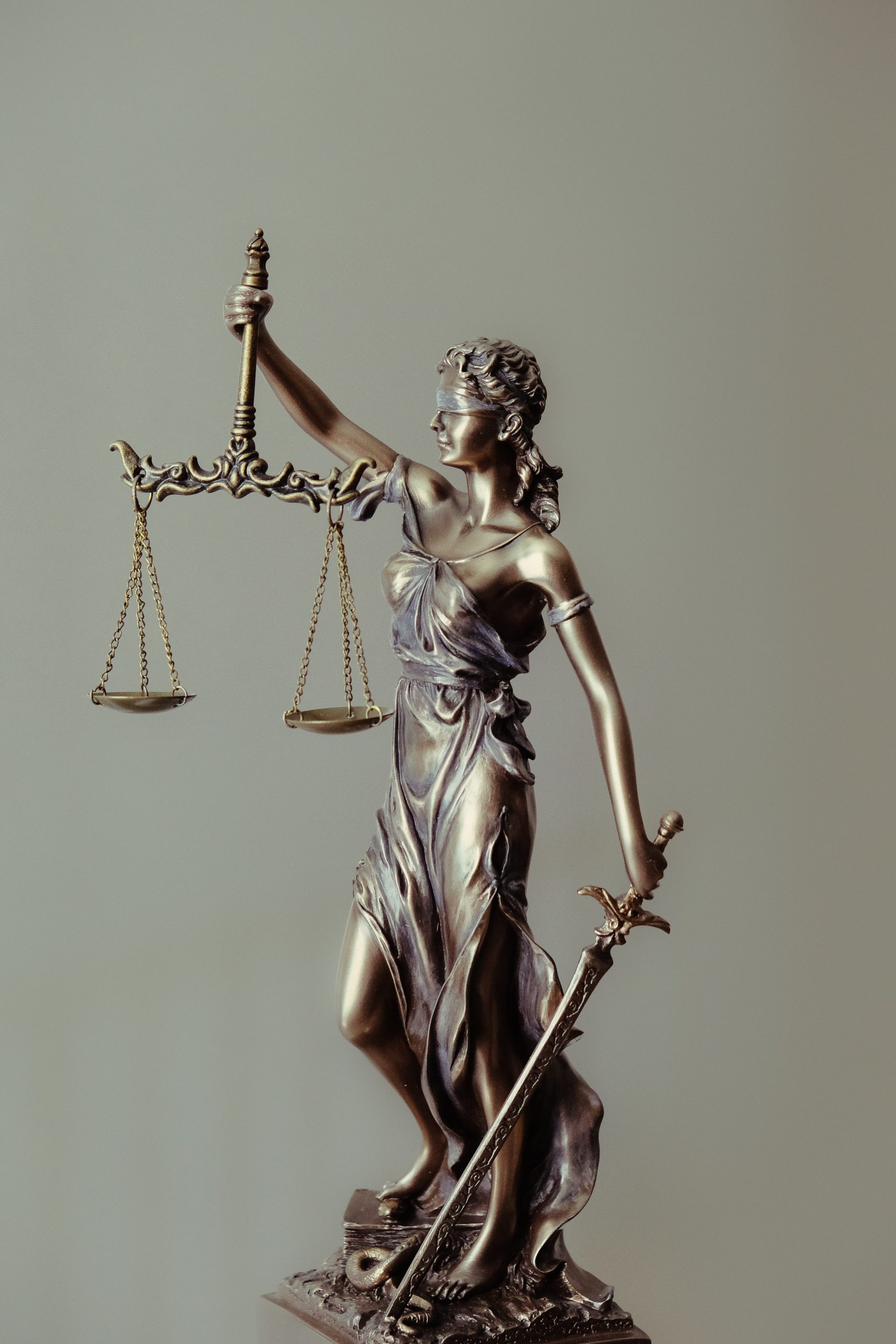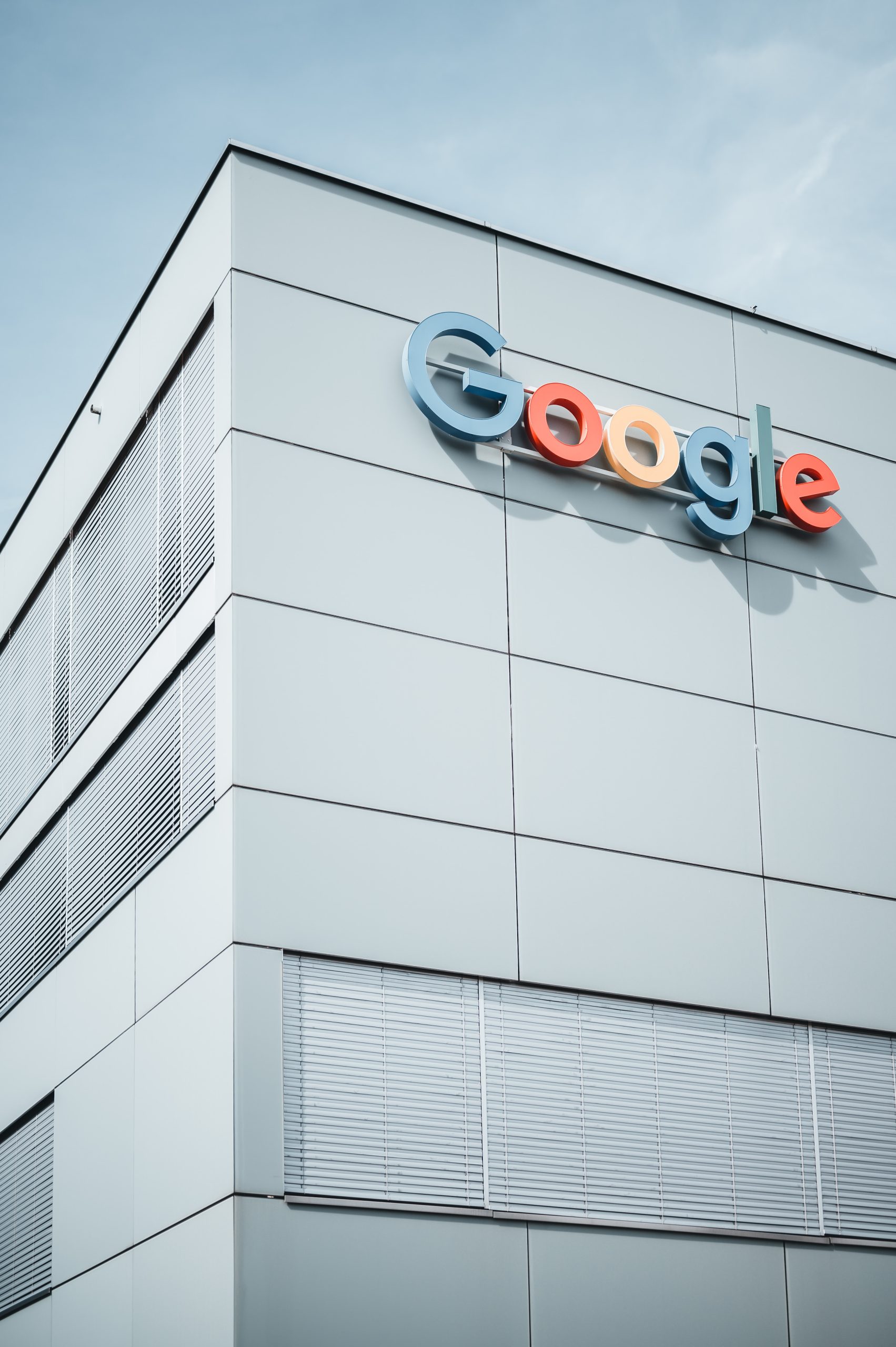Love knows no gender, but society has long been bound by traditional marriage norms that exclude the LGBTQ+ community. For years, members of this marginalized group fought tooth and nail for equal rights to marry their partners just like any other person. The battle was not a walk in the park; it entailed persistent activism, legal challenges, and heart-wrenching stories from the couples that found themselves on either side of the LGBTQ+ spectrum. In this blog post, we delve into how these brave souls broke barriers and achieved marriage equality against all odds. Stay tuned as we explore their journey towards achieving one of humanity’s most fundamental rights – love!
The fight for marriage equality in the United States
The LGBT community has been fighting for marriage equality in the United States for many years. It was not until 2015 that the Supreme Court finally legalized same-sex marriage nationwide. This was a huge victory for the LGBT community, and it would not have been possible without the hard work and dedication of many activists.
The fight for marriage equality in the United States began long before 2015. In the 1970s, a few gay couples began filing lawsuits challenging state bans on same-sex marriage. These lawsuits made slow progress through the courts, but they helped to raise awareness of the issue and brought more people into the fight.
In 1996, Congress passed the Defense of Marriage Act (DOMA), which restricted federal recognition of marriages to heterosexual couples only. This was a major setback for proponents of marriage equality, but they did not give up. In 2003, Massachusetts became the first state to legalize same-sex marriage, and soon other states began following suit.
The momentum continued to build until 2015, when the Supreme Court finally legalized same-sex marriage nationwide in the landmark case Obergefell v. Hodges. This was a monumental victory for the LGBT community, and it would not have been possible without years of hard work from dedicated activists.
The different ways the LGBTQ+ community fought for marriage equality
In 2015, the U.S. Supreme Court legalized same-sex marriage nationwide in the case Obergefell v. Hodges. This was a major victory for the LGBTQ+ community and their allies, who had been fighting for marriage equality for many years.
There were many different ways that members of the LGBTQ+ community and their allies fought for marriage equality. Some people protested at rallies and marches, while others wrote letters to their elected officials or worked on campaigns to elect pro-equality candidates. Some people also shared their personal stories about why marriage equality was important to them, which helped educate others about the issue.
Thanks to the hard work of many dedicated activists, the Supreme Court finally recognized that all Americans have a right to marry the person they love, regardless of their gender or sexual orientation. This was a historic victory that helped break down barriers for LGBTQ+ people everywhere.
The Supreme Court ruling on same-sex marriage
On June 26, 2015, the Supreme Court ruled in Obergefell v. Hodges that state-level bans on same-sex marriage are unconstitutional, making same-sex marriage legal nationwide. This ruling was a major victory for the LGBTQ+ community and a step forward in the fight for marriage equality.
The case began in 2013 when Jim Obergefell and John Arthur, a gay couple from Ohio, filed a lawsuit challenging the state’s ban on same-sex marriage. Obergefell and Arthur were married in Maryland, but their marriage was not recognized in Ohio. When Arthur died of ALS later that year, Obergefell challenged Ohio’s ban on same-sex marriage so that he could be listed as the surviving spouse on Arthur’s death certificate.
The case made its way to the Supreme Court, where justices heard arguments from both sides in April 2015. In a 5-4 decision announced on June 26, 2015, the Court ruled that state-level bans on same-sex marriage are unconstitutional and that all couples have the right to marry regardless of their gender or sexual orientation. This ruling was a major victory for the LGBTQ+ community and a step forward in the fight for marriage equality.
How the fight for marriage equality has changed the LGBTQ+ community
The fight for marriage equality has been a long and difficult one, but it has also been a hugely transformative one for the LGBTQ+ community.
Marriage equality was first recognized in the United States in 2015, when the Supreme Court ruled in Obergefell v. Hodges that same-sex couples have the right to marry nationwide. This was a monumental victory for the LGBTQ+ community, and it has had a profound impact on the lives of queer people across the country.
Since marriage equality became law, there has been a significant increase in the visibility of LGBTQ+ people and families. This visibility has helped to break down many of the barriers that have kept queer people from fully participating in society.
The fight for marriage equality has also helped to bring about other important advances for the LGBTQ+ community, such as increased legal protections against discrimination and hate crimes, and expanded access to health care and other vital services.
Looking back, it is clear that the fight for marriage equality was a crucial turning point for the LGBTQ+ community. Thanks to the tireless efforts of activists and allies, queer people are now able to enjoy many of the same rights and protections as everyone else. We have come a long way in a short time, but there is still much work to be done in order to achieve full equality for all members of the LGBTQ+ community.
Conclusion
The fight for marriage equality is an important reminder of how much progress the LGBTQ+ community has made in recent years, and it serves as a beacon of hope for other groups that are still fighting for recognition and acceptance. It’s also a testament to the resilience and perseverance of those who have been at the front lines working day-in and day-out to break down barriers. While there are still many battles left to be fought, we can take heart in knowing that our collective voices will eventually make a difference. Together, we can create an equitable society where everyone is respected regardless of their sexual orientation or gender identity.









